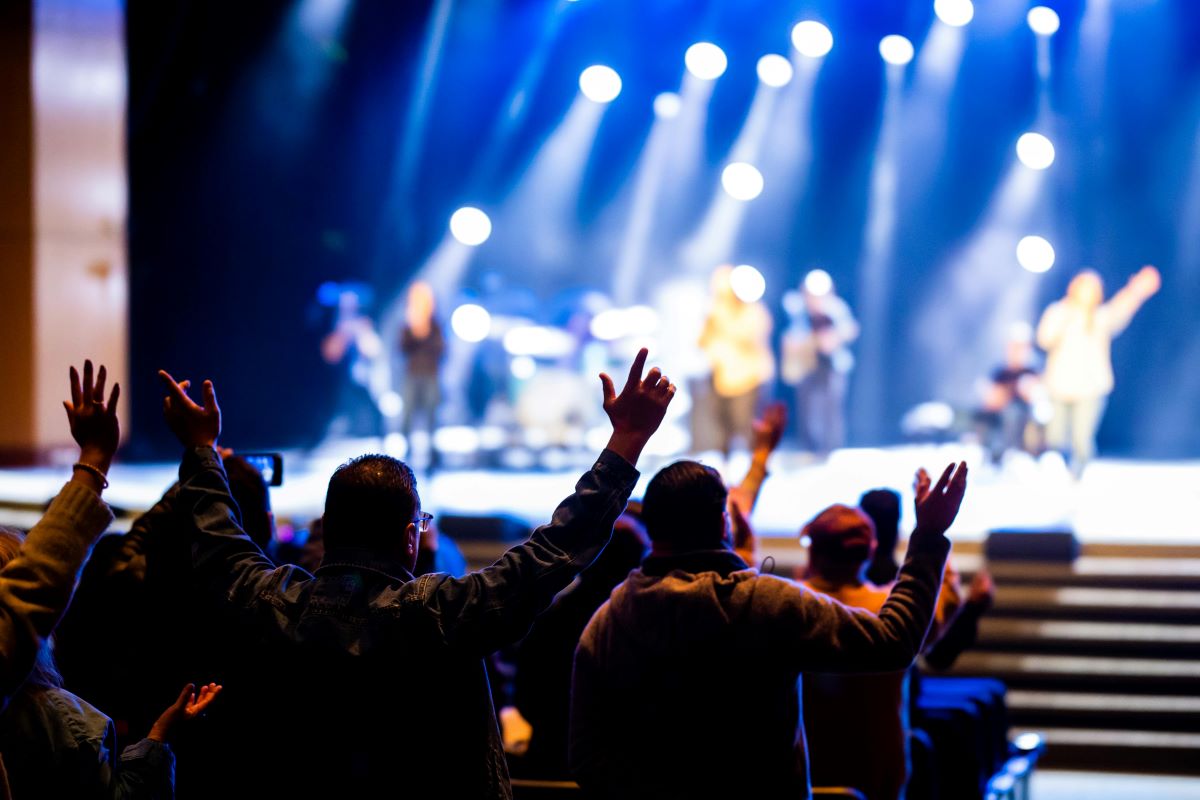
Diversifying and expanding audiences is a necessity for survival
Photo: Caleb Oquendo/Pexels
Want to be accessible and inclusive? Start with your culture
It’s more important than ever, says Lauren James, head of content and web projects at Splitpixel, for the arts to be accessible to all and to work actively to include those who have previously struggled with access.
When I look at the news, it feels as if there’s never been a more urgent need for the arts to lead the charge on driving social change – as no one in power seems to be bothered about it. Because if the arts are not for challenging the status quo, what are they for?
I suppose for a lot of you reading this, they’re also for creating careers for hardworking creatives and the people who support them. But in this regard, being accessible to all is essential too.
Diversifying and expanding audiences is a necessity for survival, after all. The UK is becoming less white, and more queer. Failing to speak to this more diverse range of audiences will see venues struggle to keep bringing people through the doors.
A dual-pronged approach
I spend a lot of time talking about accessible web design and inclusive content, and I often get asked about what can be done to make an organisation more accessible and inclusive.
My answers depend on who I’m talking to, but they always contain some kind of warning that this isn’t something you can fake. It has to come from a place of authenticity, reflecting what you’re doing honestly. And to do this honestly, you need a dual-pronged approach.
A lot of practical work goes into engaging and attracting specific audiences. Market research, programme development, community outreach and so on. But there is also a cultural element – creating an organisation that can serve diverse audiences not just authentically, but safely.
If the practical work isn’t backed by an organisation-wide cultural understanding of what’s going on, it could be a recipe for disaster, resulting in events that could be unsafe for marginalised people, and potentially actively harmful.
What do you mean, harmful?
What do you mean, harmful?Spaces traditionally haven’t been set up for us, haven’t been welcoming for us. We need to feel safe in them. But more importantly, we actually need to be safe.
Safe to show up as ourselves without risk of harassment. Safe to use facilities without risk of harassment. We need to know we’ll be respected by staff and other event attendees, that the environment won’t tolerate harassment and will be supportive.
And while a lot of these things require practical solutions, they must be underpinned by the right culture.
What is the right culture, then?
At its simplest, the right culture is one where people are willing to listen, and to do the work. To be receptive to change when things go wrong, and to put marginalised audience members first.
The most inclusive, supportive event manager can be let down by security or box office staff who have never received training because the wider organisation doesn’t consider it a priority.
Or by a culture where no one takes responsibility for handling complaints and making changes off the back of them. Or by an organisation that backs down in the face of any criticism of changes to the status quo.
These aren’t easy, overnight changes, but they’re important to pursue. If you don’t, you could be putting the very people you want to appeal to at risk.
Join the Discussion
You must be logged in to post a comment.